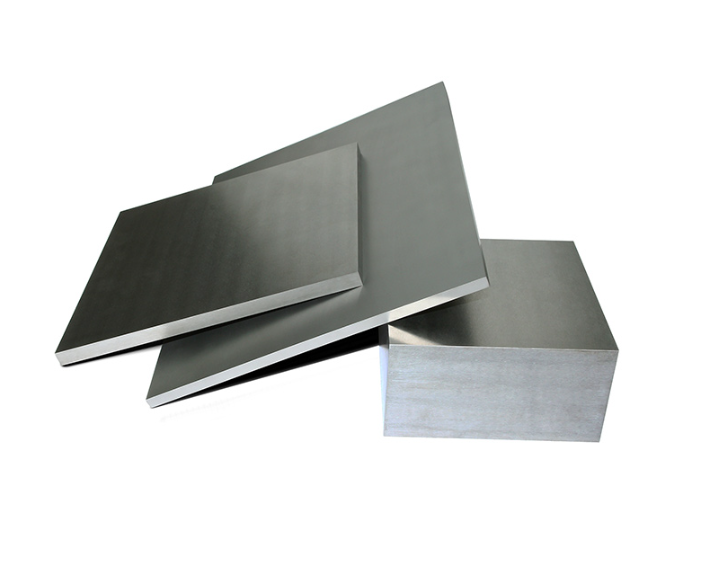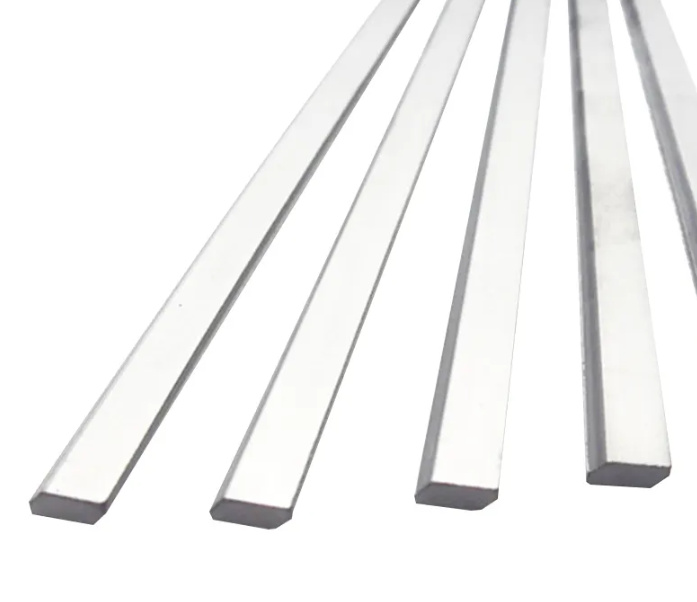どのようなものなのか? 超硬プレート?
ハイテク研究室にありそうな話題、超硬プレートに飛び込もう。しかし、これは製造業の隠れたヒーローなのだ。タングステン・カーバイド・プレートとも呼ばれる超硬プレートは、炭化タングステン粉末から作られる強靭な小さな獣である。これらのプレートは、その卓越した耐久性、耐摩耗性、強い熱や圧力の下でも強度を維持する能力により、金属加工、鉱業、建設、さらには航空宇宙などの産業で広く使用されています。
産業界における頑丈な鎧のようなものだ。タングステンカーバイドをバインダー(通常はコバルト)と融合させる焼結工程を経て作られる。
今度、硬い材料をバターのように噛み切るドリルや切削工具を見かけたら、その裏には超硬プレートが使われている可能性が高い。
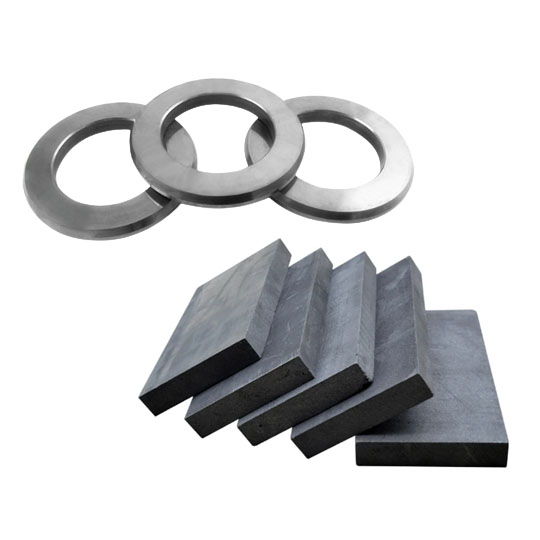
業界標準の重要性
なぜ超硬プレート製造の規格にこだわるのか?メーカーは、ただうまくいくものを作って、それで終わりというわけにはいかないのだろうか?いや、品質、安全性、一貫性を重視するなら、そうではない。
業界標準は、プロセス全体の取扱説明書のようなものです。ドイツ、中国、米国など、どこで超硬プレートが製造されても、予測可能な性能が得られることを保証しています。これは、国際貿易、製品の信頼性、操業の安全性にとって重要なことです。
ジェットエンジンや石油掘削装置を、以下のような道具を使って作ることを想像してみてほしい。 かもしれない 圧力で粉々になる。良くないだろう?そこでこの規格が輝くのだ。それが保証される:
- 一貫した化学組成
- 均一な物理的寸法
- 硬度や破壊靭性などの信頼性の高い機械的特性
- バッチ間の性能の再現性
そう、規格は単なるお役所仕事ではない。規格は産業品質の約束をつなぎとめる接着剤なのだ。
の共通基準 超硬プレート 製造業
超硬プレートが満たすべき規格とは?
1.ISO 513 - 国際工具分類
世界中で使用されているISO 513では、超硬合金は用途によって分類されています:P(鋼)、M(ステンレス)、K(鋳鉄)、N(非鉄)、S(耐熱合金)、H(硬化鋼)。
2.ISO 3327 - 焼結金属カーバイド - 寸法および公差
形状、サイズ、許容される偏差を指定する。超硬メーカーの定規のようなもの。
3.ASTM B777 - タングステン基高密度金属合金の標準仕様書
主に放射線遮蔽や航空宇宙分野で使用される高密度タングステンカーバイドに関連する。
4.ANSI B212.15 - 超硬インサートの米国国家規格
切削工具に使用される板材の名称、幾何公差、推奨切削条件について解説。
5.DIN ISO 3366 - 超硬合金のISOに相当するドイツ規格
欧州での用途に有用。材料特性と耐熱性に重点を置く。
6.GOST 3882-74 - ロシア硬質合金規格
東欧およびCIS諸国ではまだ参照されている。等級、組成、熱処理について記述。
7.JIS B 4051 - 超硬合金の日本工業規格
耐摩耗性と破壊靭性に関する標準的な命名法と試験パラメータを提供する。
8.GB/T 13865-2008 - 中国国家規格
超硬材料、推奨される使用例、試験手順について解説。
9.SAE AMS 7876 - 炭化タングステンの航空宇宙材料仕様
航空部品に不可欠で、粉末組成と焼結プロセスを規定。
10.ISO 3290-1 - 精密ボール - 超硬ボールの仕様
主にボールベアリングを対象としているが、このISO規格は同様のベースパウダーを使用した球状カーバイド部品にも影響を与える。
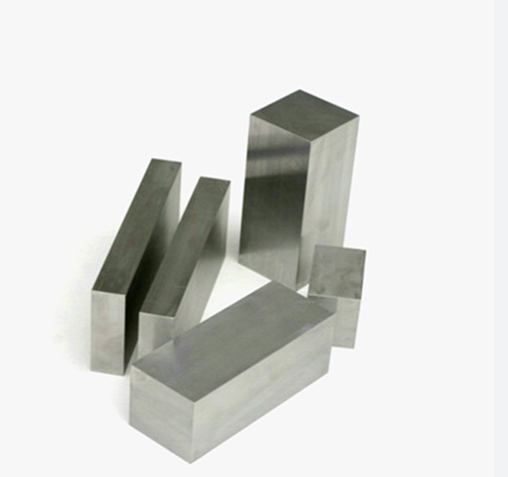
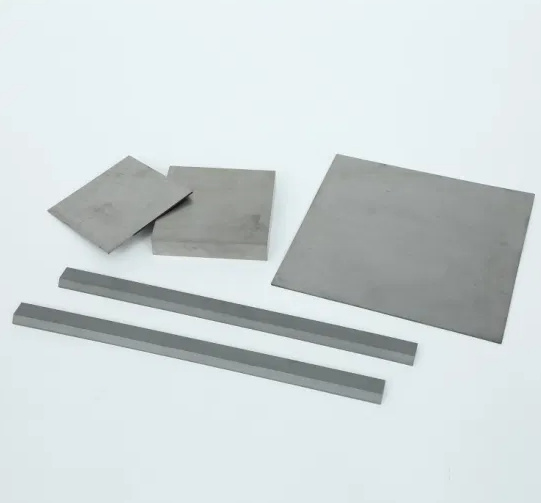
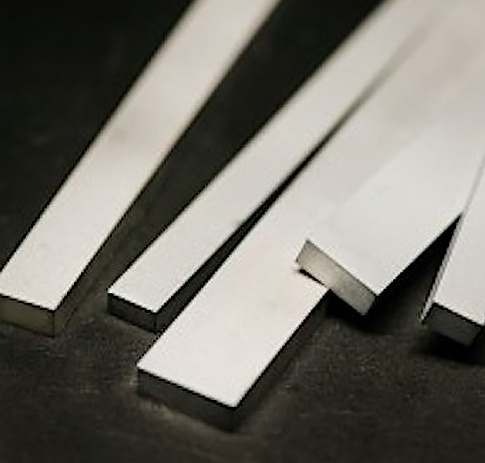
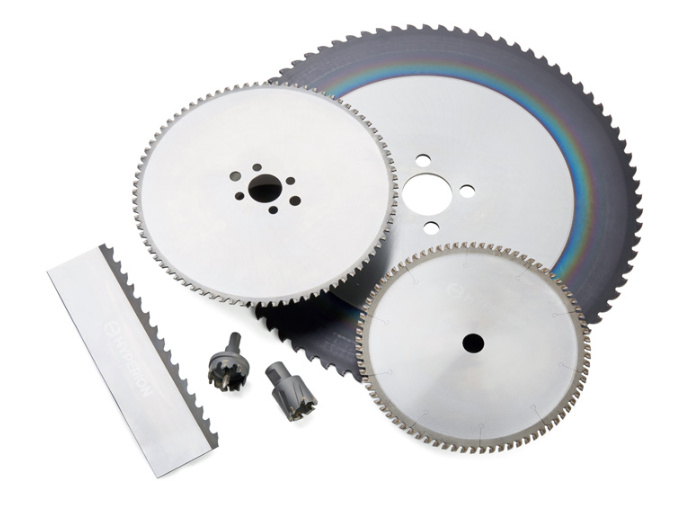
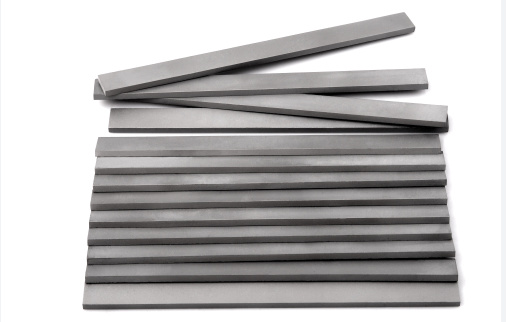
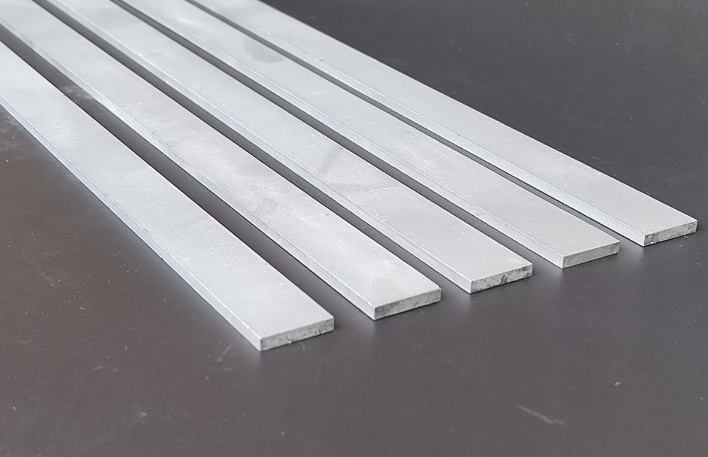
主なパラメータ 超硬プレート 規格
以下は、国際的な超硬規格で定義されている最も重要なパラメータを分類した表である。
超硬プレート規格による技術仕様
| パラメータ | 説明 | なぜ重要なのか |
|---|---|---|
| 粒度 | サブミクロンから数ミクロンの範囲 | 靭性と硬さのトレードオフに影響 |
| 硬度(HRA) | 通常86-94 HRA | 高いほど耐摩耗性が高い |
| 横方向の破断強度 | 単位:MPa | 応力下での破損抵抗能力を示す |
| 密度 | 14~15.5g/cm³(WC-Coグレード | バインダーの内容と全体的なコンパクトさを反映する |
| コバルト含有量(%) | 4%~30%の範囲 | より多くのコバルト = より強靭だがより軟らかいプレート |
| 気孔率評価 | A(孔なし)からC(孔が見える)のスケール | 構造的完全性と性能の寿命に影響を与える |
| 磁気飽和 | バインダー相のコンシステンシーの検出に使用 | QCに役立ち、予測可能な動作を保証する |
| 熱伝導率 (W/mK) | 通常70~100 | 高速工具の熱管理に不可欠 |
| 弾性係数 (GPa) | ~500-700 | 剛性を反映し、耐荷重設計に役立つ |
| 表面仕上げ | 単位:Ra(ミクロン) | コーティングや精密フィットの適合性に影響 |
超硬プレート製造における品質管理と試験
では、テストの話をしましょう。どんなに優れた規格でも、誰もコンプライアンスをチェックしなければ、あまり意味がないからです。超硬プレートの品質管理には以下が含まれます:
- 蛍光X線分析(XRF) 組成を確認する
- 走査型電子顕微鏡 (SEM) 粒界と気孔率を観察する
- 磁気飽和試験 バインダーの位相変化を検出する
- 超音波検査 亀裂や内部の空洞を捉える
- 破壊試験 (横方向の破断強度のような)機械的限界のベンチマークに
信頼できるメーカーは、粉末の混合、プレス、焼結、仕上げといった各製造段階で厳格な検査ルーチンを持ち、ばらつきを排除して長期的な性能を保証する。
信頼できる超硬プレートメーカーの選び方
適切なメーカーを選ぶには、価格だけではありません。あなたは、ルールに従って行動する、いや、それ以上に行動する人を求めている。ここでは、良いメーカーを見分ける方法を紹介しよう:
- 認証:ISO 9001、ISO 14001、および特定の業界の認定(API、航空宇宙など)は緑色の旗です。
- 一貫したテストレポート:機械的試験データを要求し、バッチ間で比較する。
- 材料のトレーサビリティ:粉の1オンス1オンスがどこから来たものなのか教えてくれる?
- カスタム・エンジニアリング・サポート:良いものは、あなたのニーズに合わせて構図や形状を微調整してくれる。
- アフターセールス・サポート:明確な保証規定、使用上のガイダンス、再研磨サービスを確認すること。
- グローバル・リファレンス:自動車、鉱業、航空宇宙などの大手企業の声は金です。
この分野での評判は一朝一夕に築かれるものではなく、プレッシャーの中で鍛え上げられるものだ。 超硬プレート.

よくあるご質問
| 質問 | 回答 |
|---|---|
| 超硬プレートの材質は? | 主に炭化タングステンの粉末にコバルトなどのバインダーを混ぜ、プレス成形し、高温で焼結する。 |
| 超硬プレートの最も硬いグレードは? | コバルト含有量の少ない超微粒子グレード(例:~4%のCoを含むWC-Co)は、93~94HRAに達する最大硬度を提供する。 |
| すべての超硬プレートは磁性ですか? | コバルトまたはニッケルのバインダーを使用したもののみ。磁気はバインダーの相の質を検出するのに役立ちます。 |
| プレートがISO規格に適合しているかどうかは、どのように確認できますか? | ISOまたはASTM規格に適合していることを示す材料証明書または独立したラボのテストを要求する。 |
| 超硬プレートが破損する原因は? | 通常、熱疲労、バインダーの侵食、不適合材料での不適切な使用。 |
| 超硬プレートはリサイクルできますか? | はい!二次焼結と呼ばれるものです。 |
| コバルトの割合は性能にどう影響するのか? | コバルトが多い=強靭だが硬度が低い。コバルトが低い=硬いがもろい。 |
| なぜ粒径が重要なのか? | 細粒は硬度を高めるが靭性を低下させ、粗粒はその逆となる。バランスは用途による。 |
| 中国の超硬プレートは国際基準を満たしているか? | 特に認定を受けたサプライヤーの多くはそうである。常にコンプライアンス文書を要求し、保証のために独立したテストを実施すること。 |
| 超硬プレートの一般的な寿命は? | 使用状況にもよるが、摩耗の激しい環境では数ヶ月から数年に及ぶ。 |

